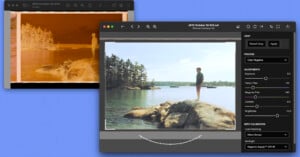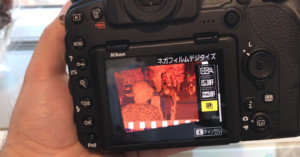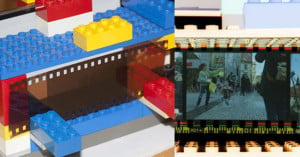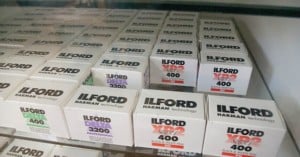
Using the 2003 Nikon Super Coolscan 5000 ED to Digitize Film in 2023
In this modern age, all of us film photographers need a way to bring a physical strip of film into the digital space. Whether you are just trying to post your images on social media or make an inkjet print, scanning is a necessity for most analog photographers.
































